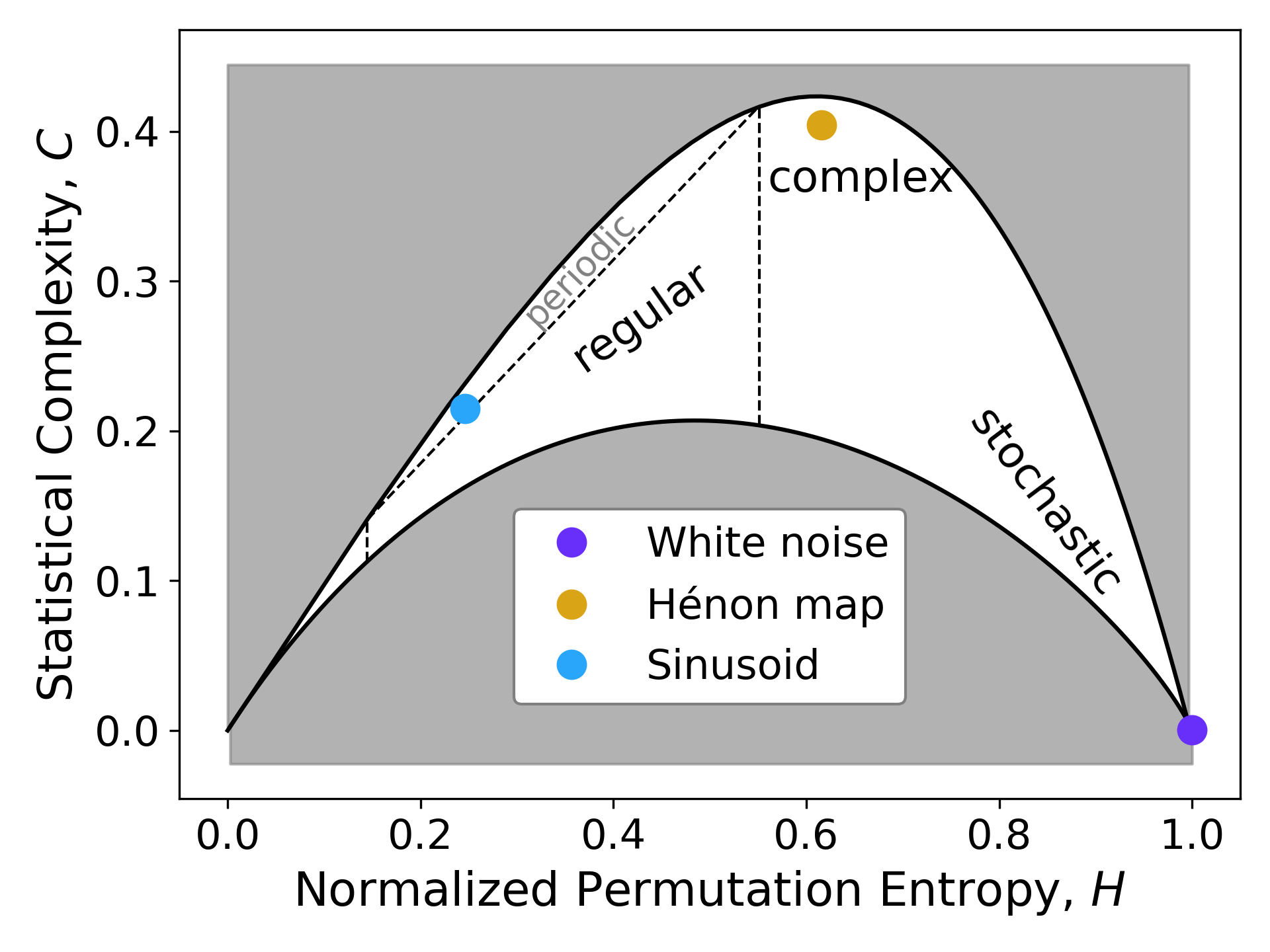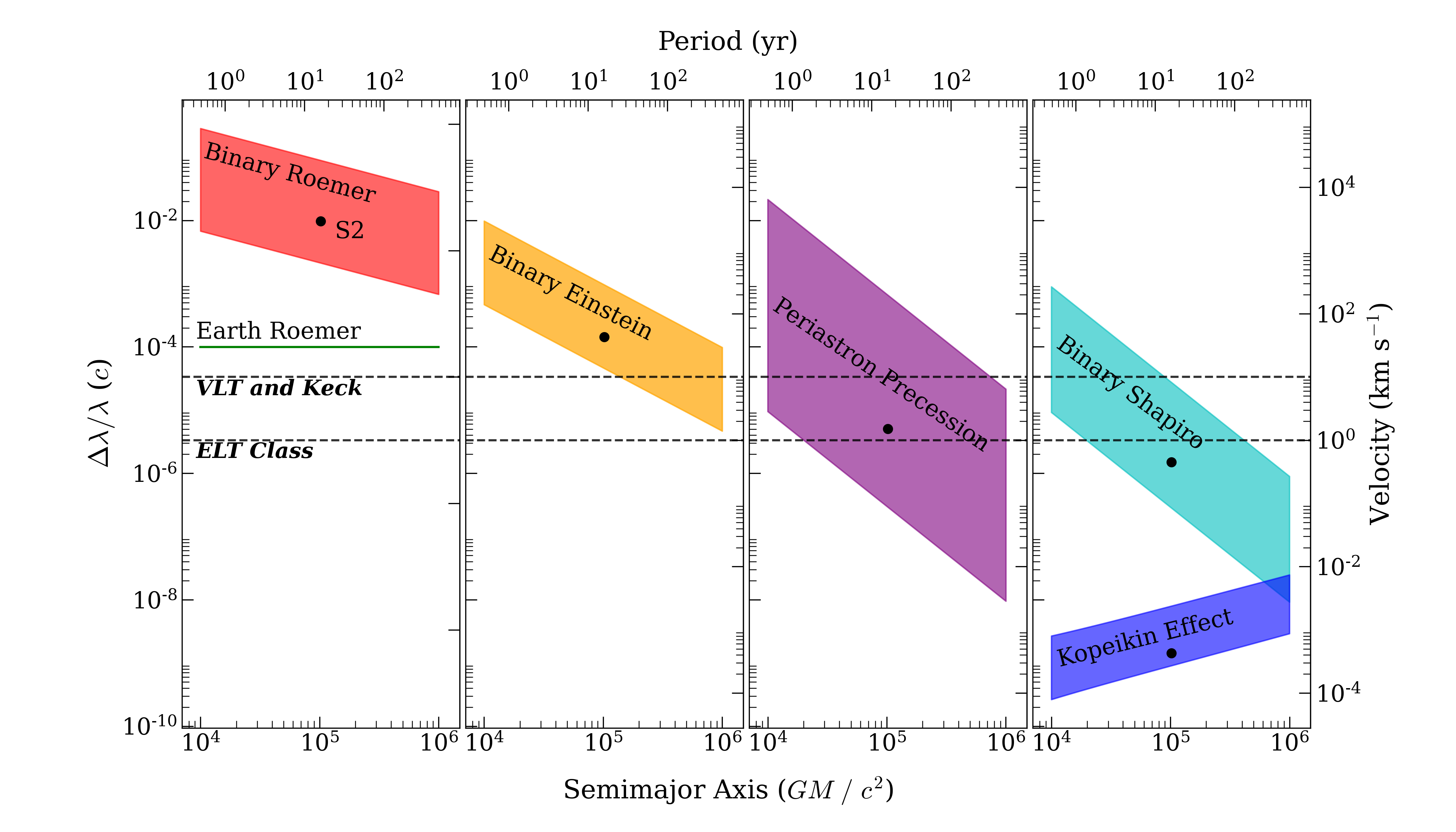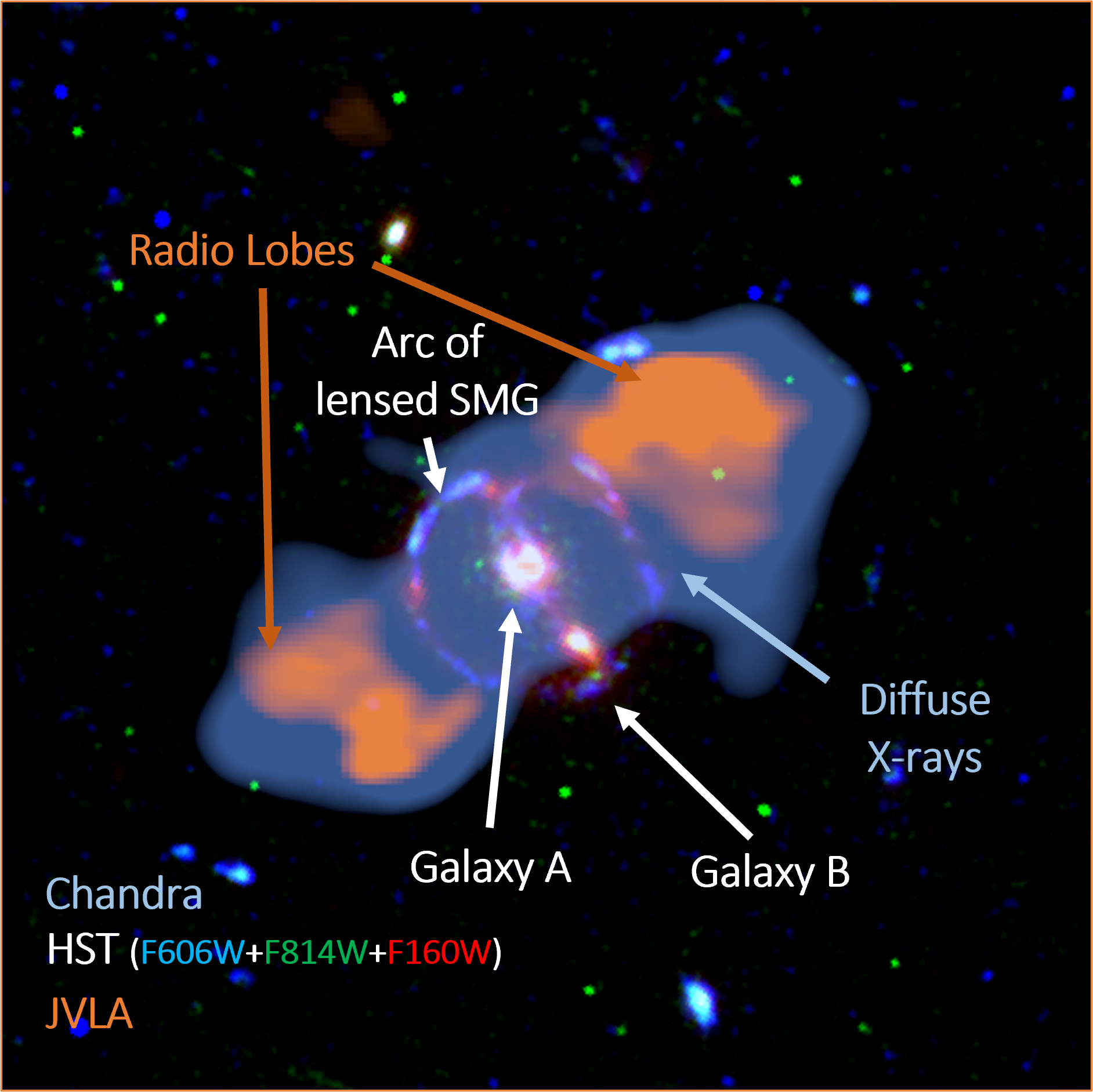Since 2018, I have been studying the 3C 220.3 galaxy system
under the supervision of Dr. Belinda Wilkes. The system is
comprised of two foreground galaxies at redshifts of around
z = 0.685 that are lensing a submillimeter galaxy at a redshift
of 2.2205. One of the foreground galaxies is a Type II
radio-loud AGN. My work on this system includes spectral energy
distribution (SED) modeling for stellar masses, X-ray analysis,
magnetic field strength calculations of the radio lobes, and
optical and near infrared photometry. The paper on the
3C 220.3 system was published in
2024,
and a catalog paper on additional galaxies and stars from our
MMT data was published in 2025.
Read more: Hyman et al. (2024), Hyman et al. (2025), Hyman 2019 (bachelor's thesis)


